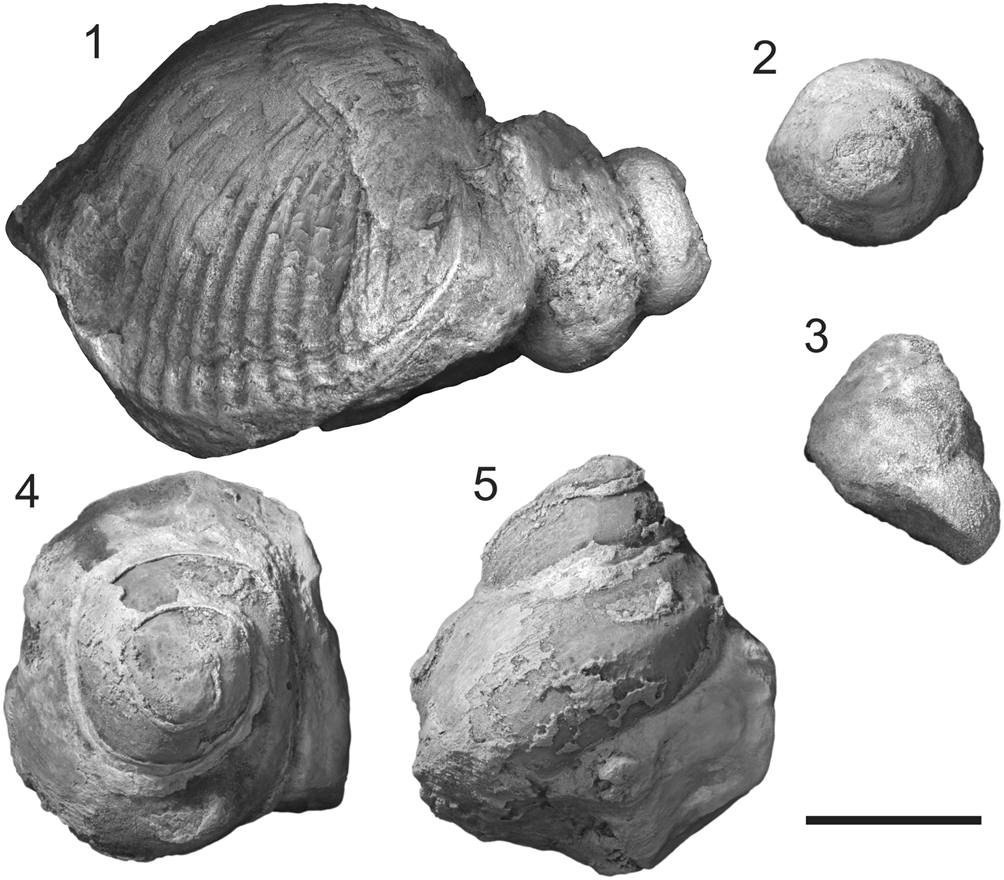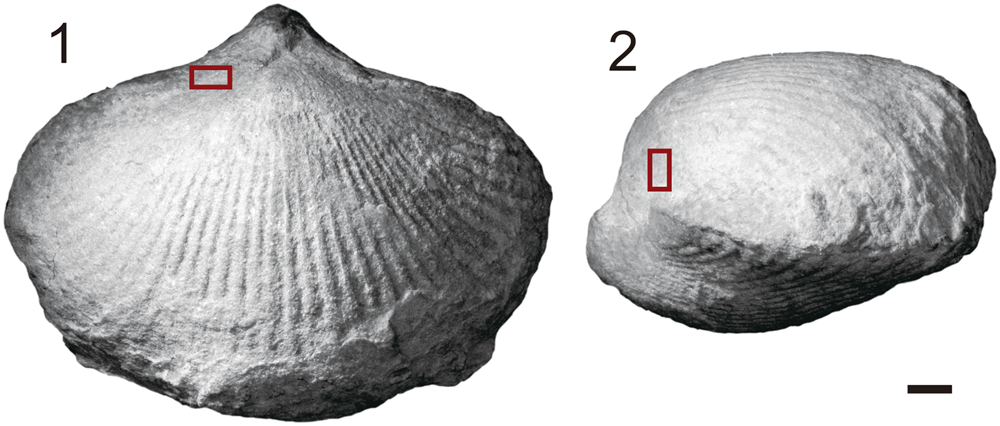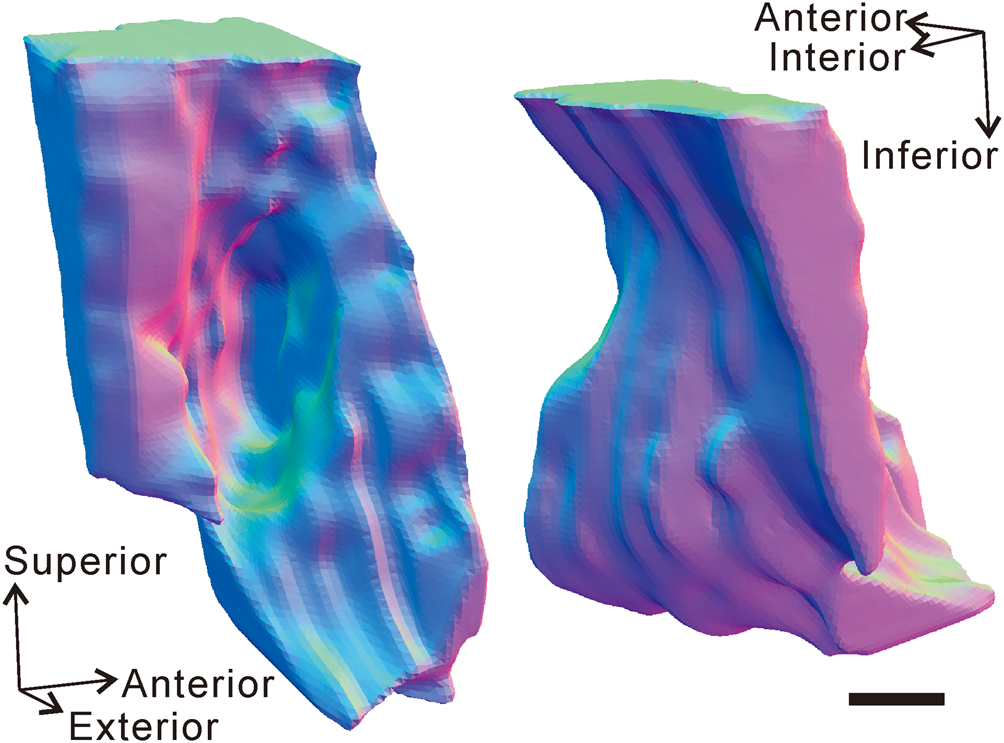Reference




OpenAI's Answer
Research on early rhynchonelliform brachiopod parasites has made significant contributions to paleontology by enhancing our understanding of ancient ecosystems, predator-prey relationships, and the evolutionary history of parasitism. Here are a few key ways in which this research has been beneficial:
-
Earliest Records of Parasitism: The discovery of the earliest rhynchonelliform brachiopod parasites, such as the parasite associated with Burrinjuckia clitambonitofilia, marked some of the oldest known examples of parasitic interactions in the fossil record. This has allowed paleontologists to trace the history and development of parasitic relationships much further back in time than previously known source.
-
Evolutionary Insights: Studying these early parasitic interactions provides insights into the evolutionary pressures that shaped both host and parasite species. The adaptations observed in both organisms highlight the evolutionary arms race between parasites and their hosts, offering clues about how complex life forms and their interactions evolved over millions of years source.
-
Ecological Context: The research helps in reconstructing ancient ecosystems by providing evidence of the roles different organisms played. For example, the presence of suspension-feeding parasites associated with brachiopods suggests a complex web of interactions where parasitic relationships influenced the distribution and behavior of other species in the ecosystem source.
-
Trace Fossils and Shell Damage: Parasitic interactions often leave distinct marks or damage on fossil shells, which serve as trace fossils. Analyzing these traces offers direct evidence of parasitism and other interactions, contributing significantly to our understanding of the behavior of ancient organisms and the environment they lived in source.
By documenting the earliest instances of parasitism and shed light on the nature of ancient ecological interactions, this research enriches our knowledge of the evolutionary processes and ecological dynamics that have shaped life on Earth.
Below are relevant images to the topic:

 <|vq_7210|>
<|vq_7210|>
Follow Up
Related
What are some significant publications by Olev Vinn in the field of paleontology?
What new information did the study of Osprioneides borings uncover about the Late Ordovician period?
What are the implications of finding Ordovician parasites in bryozoans for understanding ancient eco
What impact do hydrocarbon seeps have on the ecology of serpulid worms?